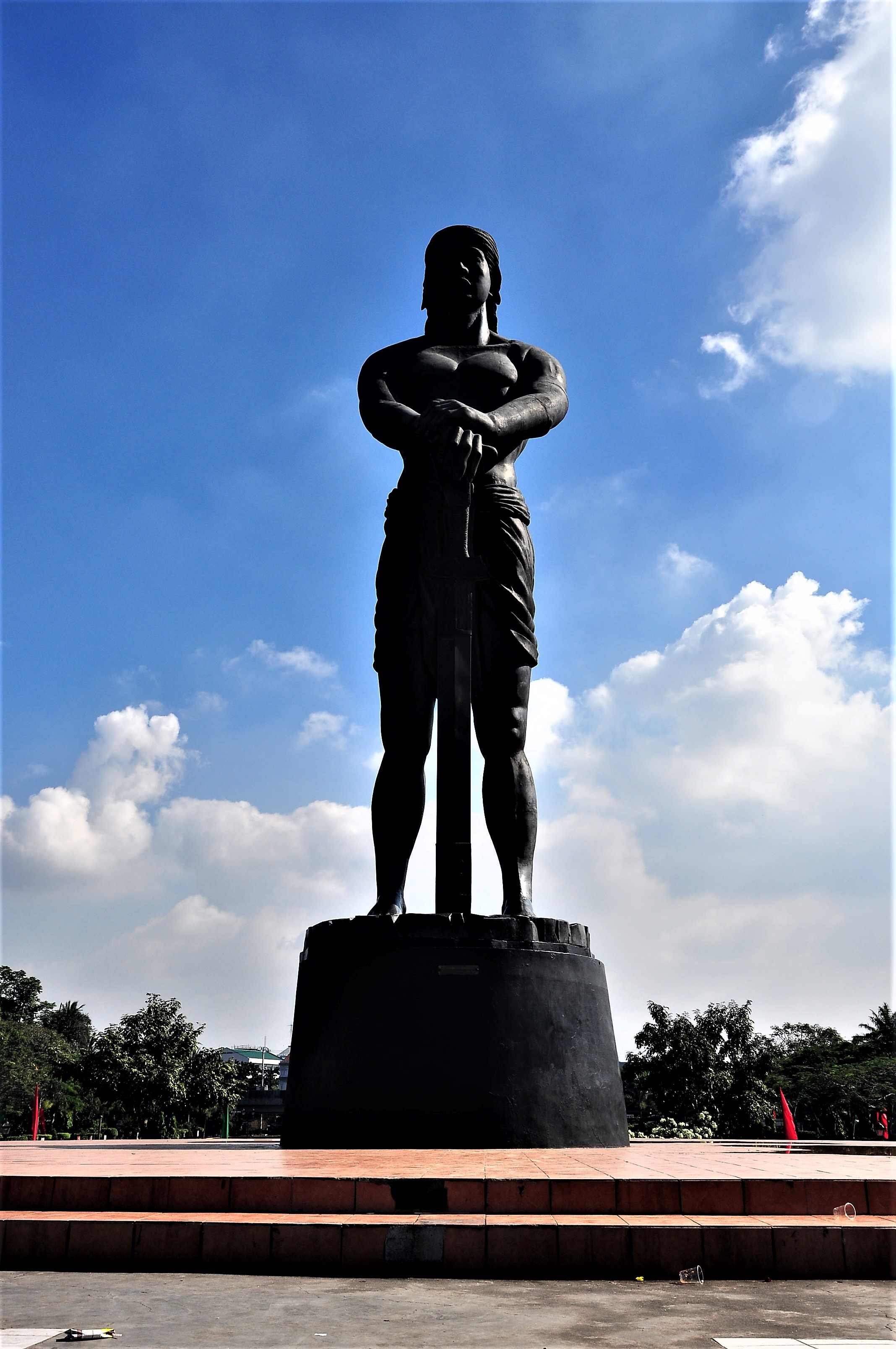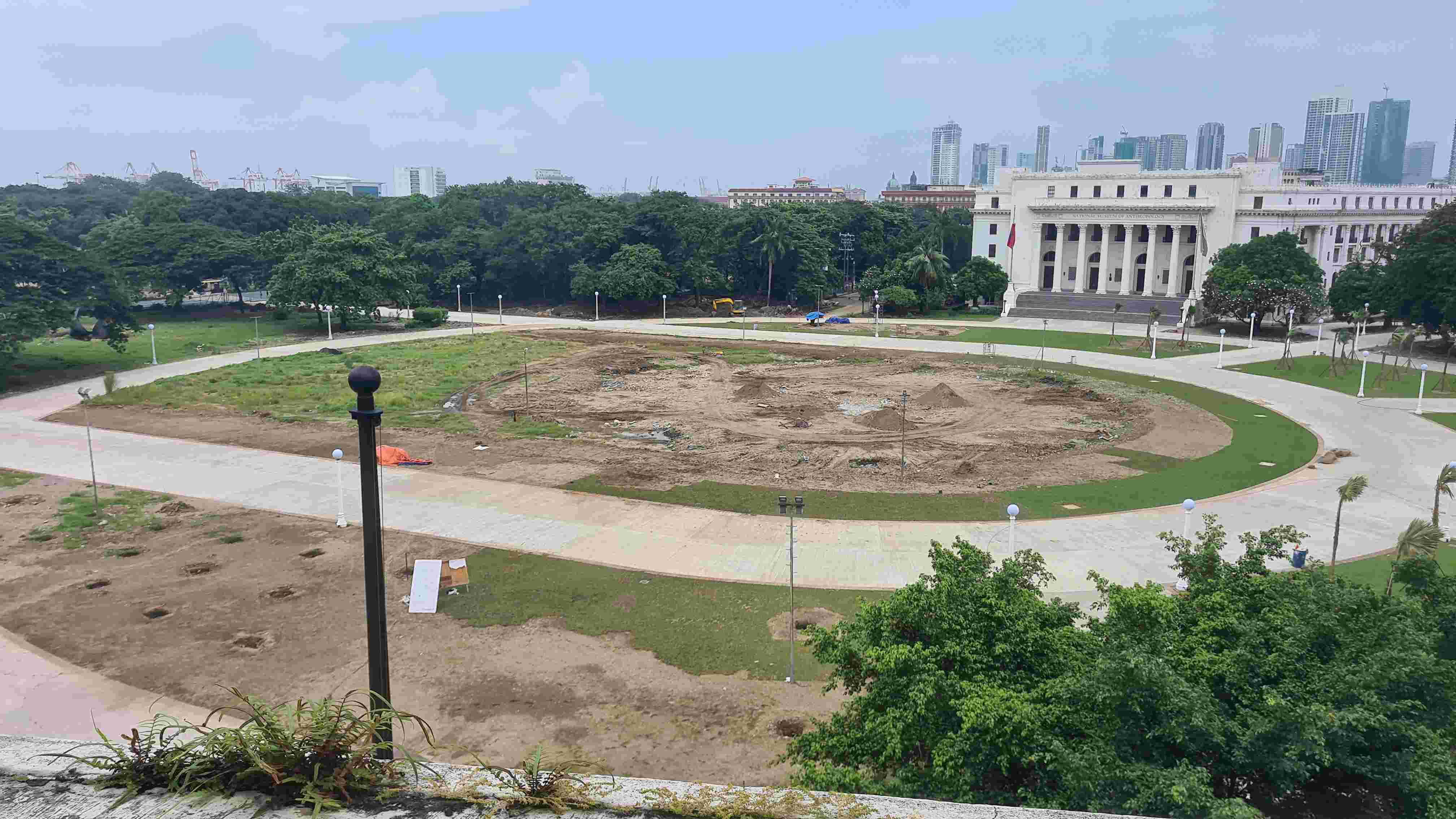SENIOR BYAHERO

I recently went on a tour of the National Museum of Natural History at Agrifina Circle at Rizal Park. Not many people know how the name came about. It’s actually a combination of the word “agriculture” and “finance” since the two neoclassical buildings located opposite each other were the former Agriculture and Finance buildings built in 1940 based on the design of Filipino architect Antonio Toledo in the late 1930s. Both the Agriculture and Finance buildings were heavily damaged during the Battle of Manila during World War II. Both were reconstructed according to original plans after the war.
From a recent tour of Rizal Park which I attended, the Agrifina Circle under the plan of American architect Daniel Burnham was intended to be surrounded by five wedge-shaped buildings. Fronting the five wedge-shaped buildings was the planned Capitol Building, similar to Washington, DC. Only two buildings were built before World War II. After World War II, it was decided that the capital of the Philippines was to be moved to Quezon City and the new government center was to be built there.
During the 1960s, Rizal Park was consolidated and a globe fountain was placed inside the circle. During the 1970s when skating and disco became popular, a globe fountain and a skating rink were installed around the center island. I remember several visits to Rizal Park when I was still young, and how I always looked forward to going to Agrifina Circle and watching people dancing to disco music while on skates. I even borrowed a pair of roller skates from a friend so that I could learn how to skate and fulfill my dream of skating around Agrifina Circle. After several attempts and several bruises, I realized that skating was not for me.

the Statue of the Sentinel of Freedom
I also remember several attractions around Agrifina Circle. There was the giant Rado watch made up of plants and flowers. There was also the giant Relief Map of the Philippines where you can see the many islands of the country. I also remember the Children’s Park at the corner fronting Taft Avenue where you can climb giant animal figures made of concrete. I also cannot forget the quietest restaurant at the corner of T.M. Kalaw run by the deaf. You need to use sign language to place your order.
Big changes took place around Agrifina Circle during the past years. When the Department of Finance moved to its present location at the Central Bank Complex at Vito Cruz, the building became the National Museum of Anthropology. The Agriculture building became the Department of Tourism building until 2015 when it moved to its present location. The Agriculture building was reopened in 2018 as the National Museum of Natural History. People started losing interests in skating and the once happy and noisy Agrifina Circle became quiet.

Agrifina Circle
Then in 2004, people visiting Rizal Park were surprised to see the giant statue of Lapulapu standing at the former location of the globe fountain. It was called the Statue of the Sentinel of Freedom, but people were stunned that the figure of Lapulapu was actually bigger than Dr. Jose Rizal’s. The statue was designed by sculptor Juan Sajid Imao and was financed by the Korean Freedom League. People seeing the statue could only focus on how Lapulapu was portrayed as a muscleman. The furor created so much heated discussions between historians and politicians that there were proposals for it to be transferred.
About two months ago, the Lapulapu statue at the middle of Agrifina Circle disappeared. Reports said it was removed for restoration due to structural concerns. Meanwhile, there is the ongoing construction of the new National Museum Complex where the proposed Quincentennial Pavillion, the proposed National Planetarium and the proposed National Herbarium shall be built beside the existing National Museum of Anthropology and the National Museum of Natural History. (According to 'Bidding documents for the development of National Museum Complex in Manila, Phase I.)
When I peeked outside the Natural History Building last week, I saw that the Agrifina Circle is now flattened to the ground, including the spot where the statue of Lapulapu once stood. As a museum enthusiast, I’m excited about the prospect of visiting several museums in one complex. The Quincentennial is supposed to celebrate the 500 years after Magellan discovered the Philippines in 1521, after he was killed by a brave Filipino chieftain named Lapulapu. But I also want to find out, where will the 12.19-meter bronze statue of Lapulapu appear next? Or are we expecting the return of the statue to the Museum Complex to celebrate the 500 years of Filipino gallantry to gain our freedom?
(The author recently retired as an engineer in an auto manufacturing company. He was a regular contributor to MB's Cruising Magazine. His taste for adventure has not kept him from travelling, usually via not-so-usual routes.)